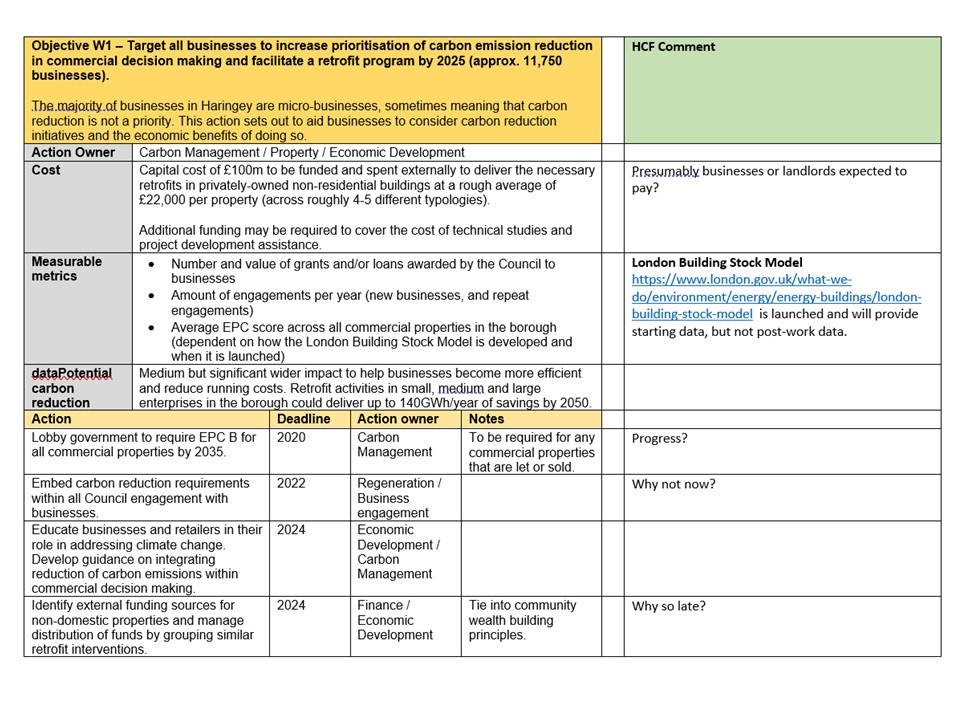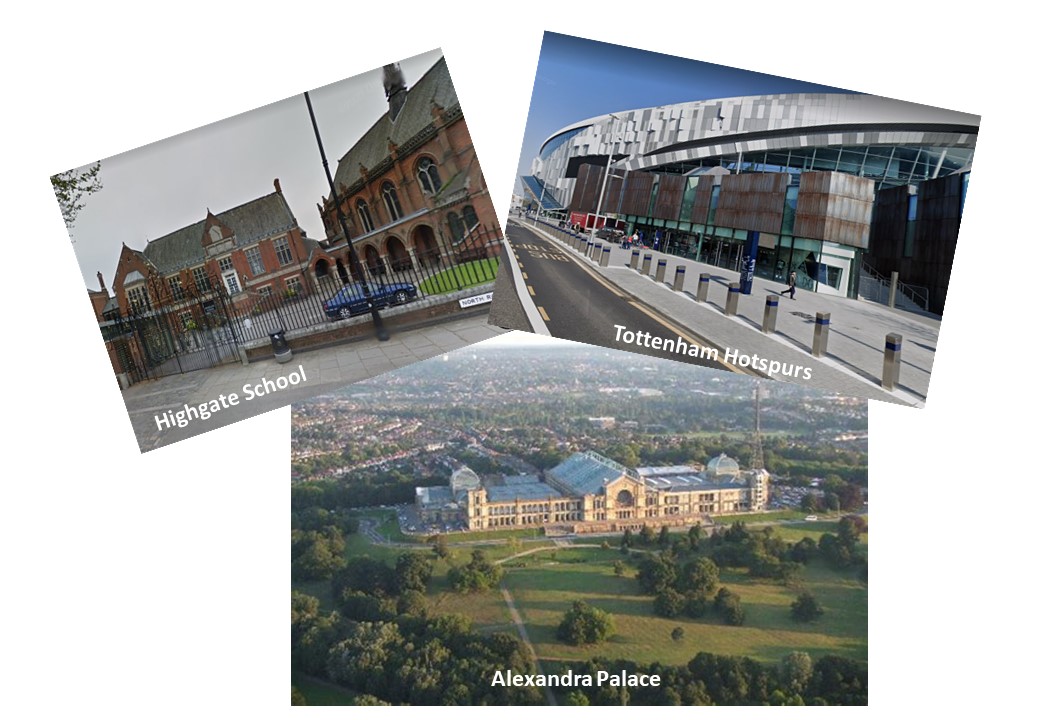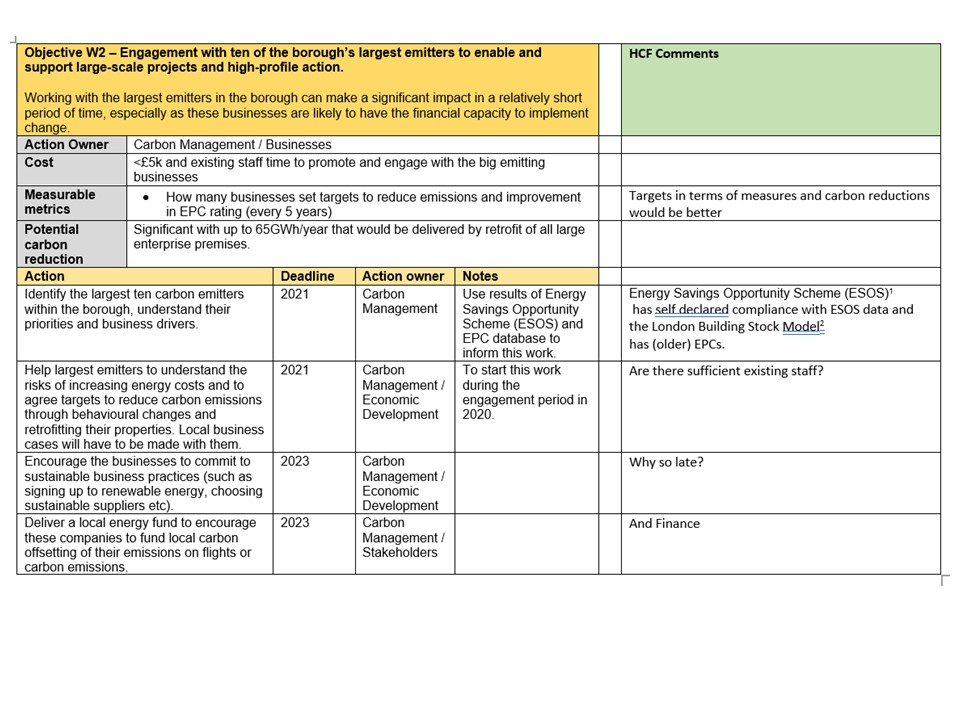Green Buildings
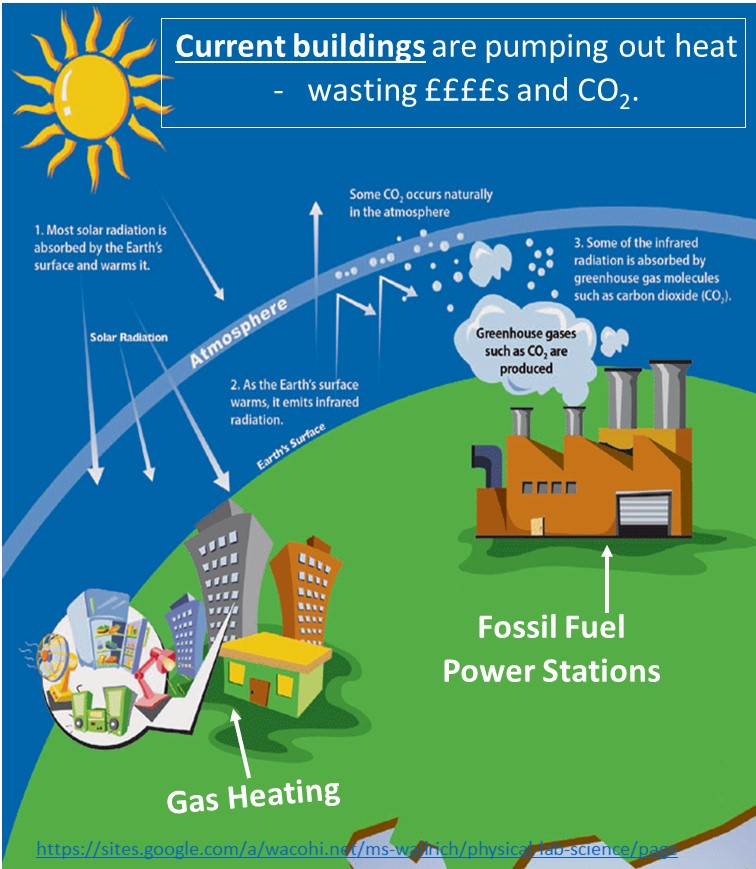
KEY MESSAGES
- Electricity and heat from fossil fuels cover the planet with a warming blanket
- Some people are dangerously cold in cold snaps and dangerously hot in heatwaves
- Precious heat leaks out of our buildings
- Many people cannot afford to be warm
- Few people can afford the cost of stopping these leaks
- The Government holds most of the levers to get UK carbon emissions down
- Haringey can only reduce carbon from its own buildings, encourage other building owners to it – and lobby the Government
Haringey Council’s proposed activities are in the ‘pink stripes’ below.
Few of our Buildings are Green
The electricity and heat we use in our buildings give rise to the carbon emissions that warm the planet and cause damaging weather patterns. Greening buildings is mainly about keeping in the heat we are paying for and using heat and electricity from low carbon sources – such as wind and sun. Sounds simple but it is an enormous challenge to tackle electricity and heat to get to net zero.
The obstacles to making these change quickly include high upfront costs, lack of tradespeople, lack of understanding and lack of enabling policies and regulations.
The opportunities include many more local jobs, warmer homes and lower energy bills. In the UK the Committee on Climate Change advised the Government in June 2020 that action on buildings “can play a key role in supporting the economic recovery and creating jobs and training opportunities across the UK.”
The opportunities for Councils in England are restrained by UK Government legislation. The control that Haringey Council does have is over the buildings that it owns and uses – eg Homes for Haringey estate and council offices, schools, leisure centres etc. The Haringey draft Climate Change Action Plan (CCAP) says that the electricity demand and heating requirements from borough’s homes make up 50% of the borough’s total carbon emissions. But Haringey Council has no control over emissions from private homes, private rental properties, private businesses and public sector buildings. It can only try to influence the owners to decarbonise their buildings and has little ability to influence UKPN to deliver zero carbon electricity into the Borough.
The Haringey cabinet member responsible for Building Regulations, Decent Homes, Homes for Haringey, Partnerships with social landlords, Private Rented Sector, Landlord Licensing and enforcement, Local Plan, Planning policy, framework and enforcement, S106 and Community Infrastructure Levy is Cllr John Bevan at john.bevan@haringey.gov.uk.
The Haringey cabinet member responsible for Council House Building Programme, Housing Strategy and Development, Estate renewal is Cllr Ruth Gordon at ruth.gordon@haringey.gov.uk .
The Fuel Poverty Officer is at 020 8489 1000
The first challenge to decarbonise all of these is to have many more skilled tradespeople in Haringey to deliver the improvements, and training for local unemployed people to become qualified. See the Green Jobs page. The next is to increase the clean electricity available across Haringey. See the Electricity and Heat page.
Haringey’s path to zero carbon
Work has been underway since 2012 in Haringey on plans to reduce carbon emissions from the Borough and this page covers the promises and opportunities for decarbonising its buildings. The tables of actions to do with Green Buildings from Haringey’s Draft Climate Change Action Plan are extracted in the pink stripes below with comments from the Haringey Climate Forum (HCF) in an extra ‘notes’ column.
Haringey has a ‘Common Place’ consultation (click here) giving the opportunity to give feedback on the main points in the Plan until 4th January 2021, and Haringey Climate Forum will use this page to note progress and issues on decarbonising its buildings from now.
If you have any queries, comments or updates please contact HCF at info@haringeyclimateforum.org and we will pass them on to the Haringey Low Carbon Team.
Haringey’s proposed actions and progress – Green Buildings
Overarching comments from Haringey Climate Forum:
1. the 2020 and 2021 target deadlines, stated against many actions, need to be visible and specific. Continual evidence from ongoing interim monitoring is essential to demonstrate how progress and spend is reviewed, and adjusted where required, ahead of the end date, to ensure that targets can genuinely be met.
2. The principles that LETI has developed in the Climate Change Design Guide are referred to in the HCF comments, particularly that energy is planned and tracked in terms of Energy Use Intensity (EUI) and the importance of ‘be seen’, post construction.
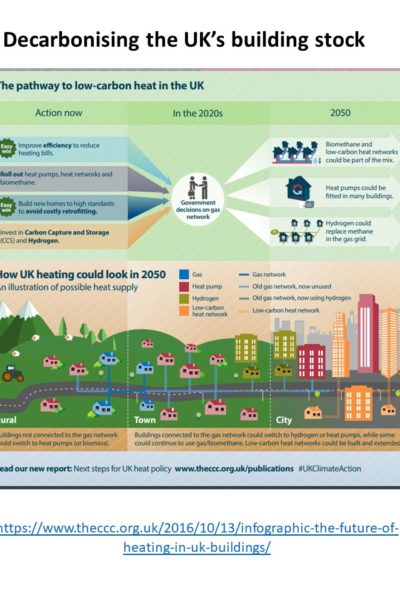

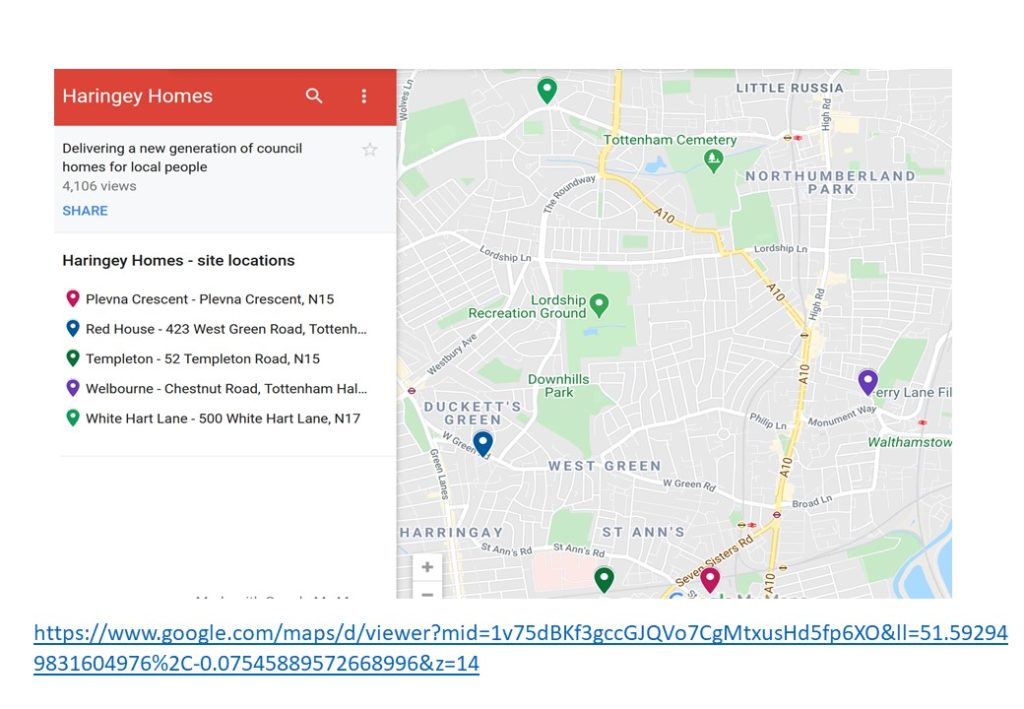

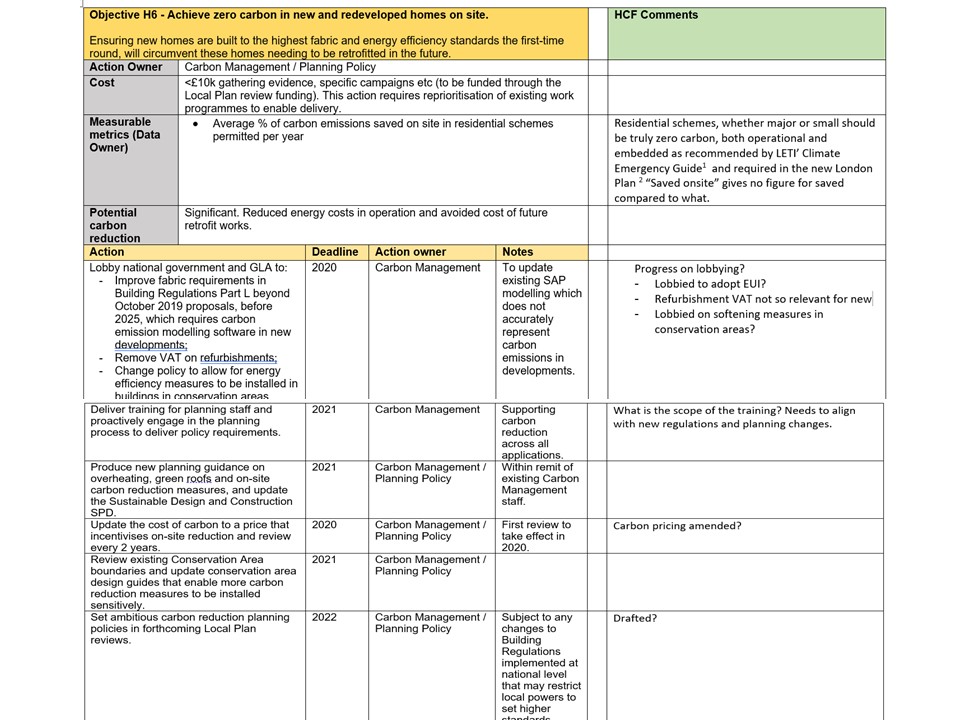
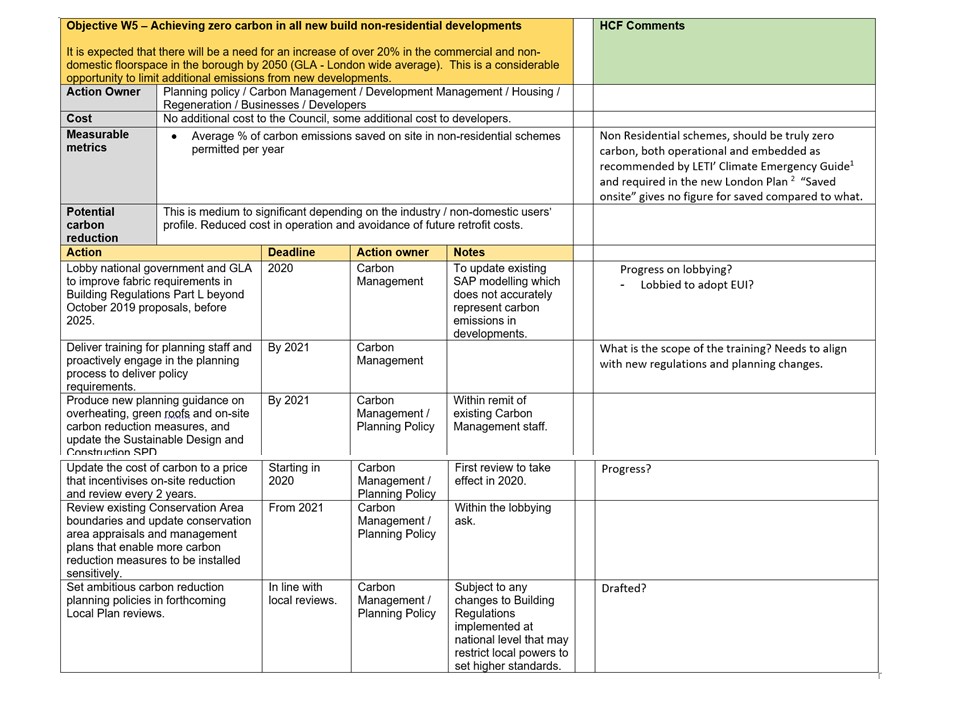

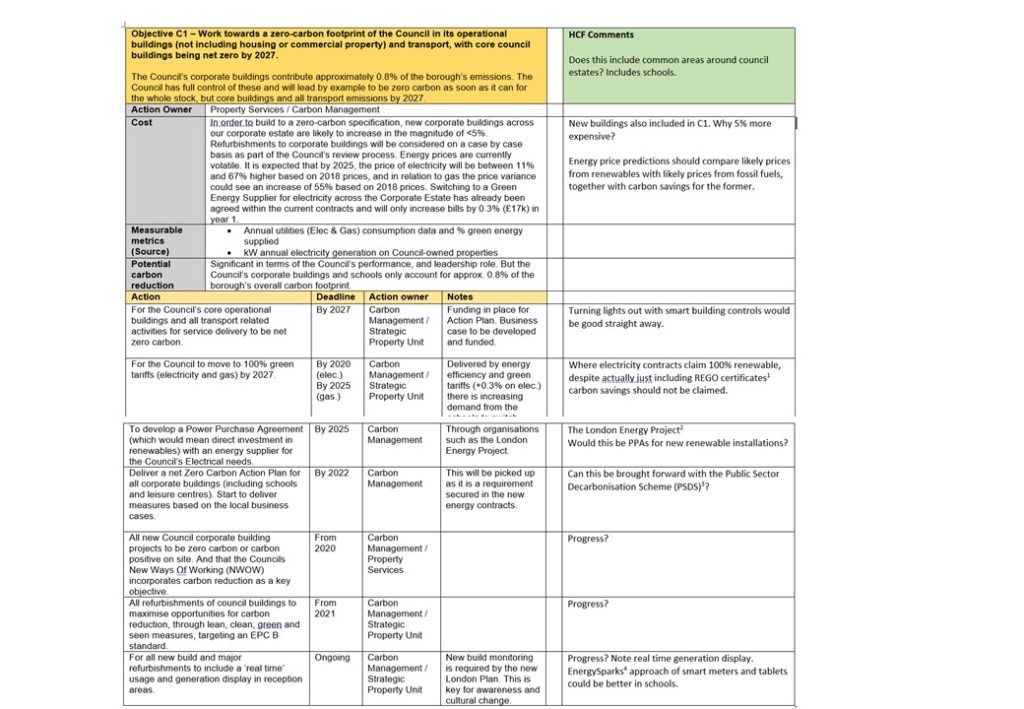
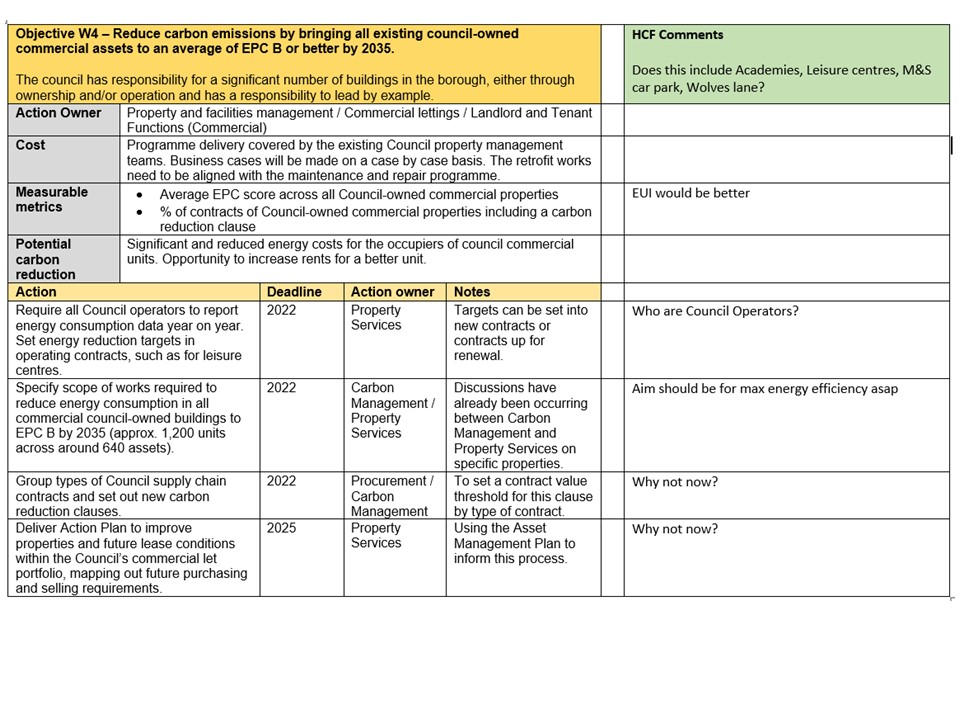
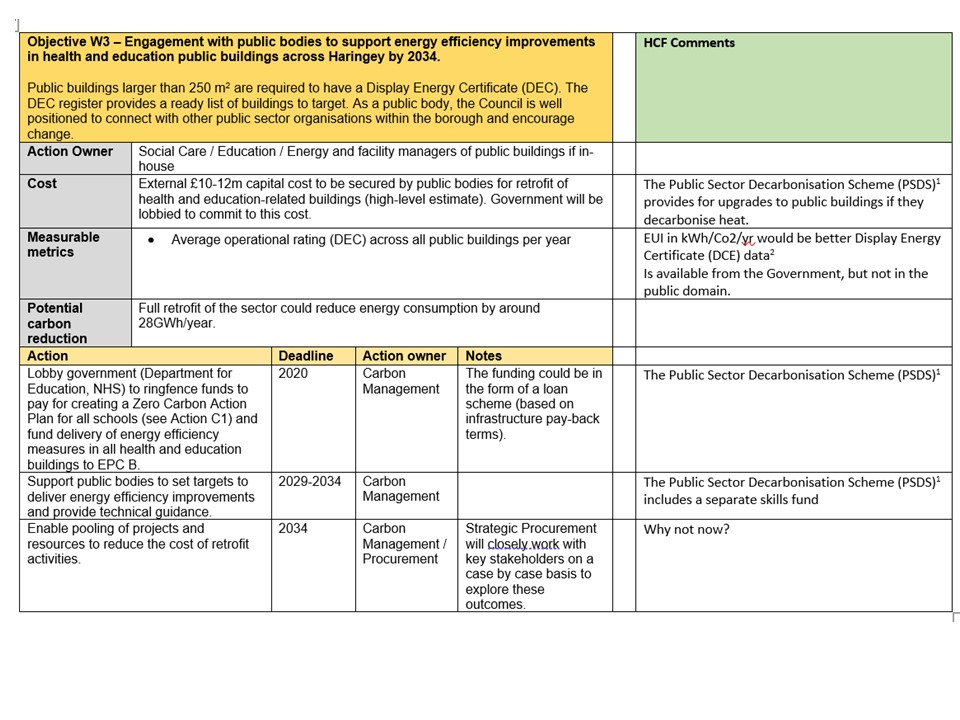
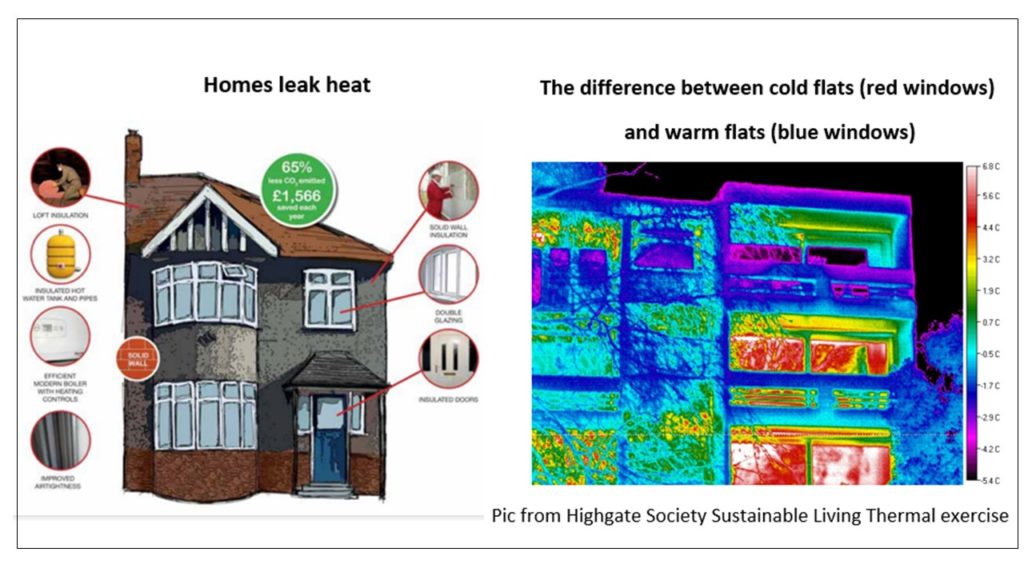
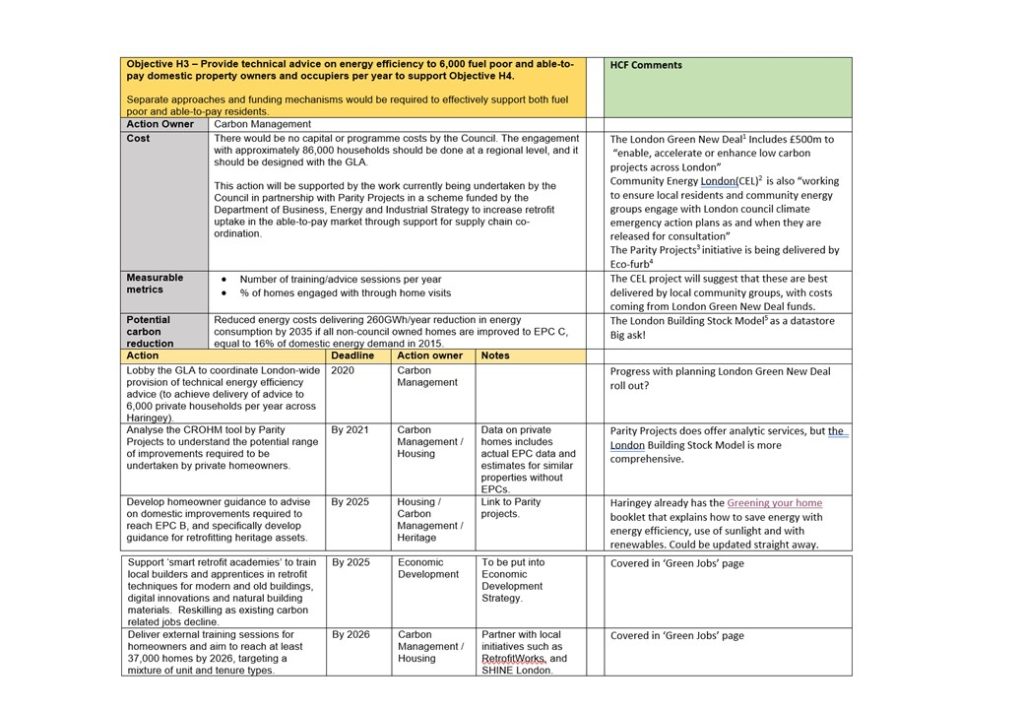
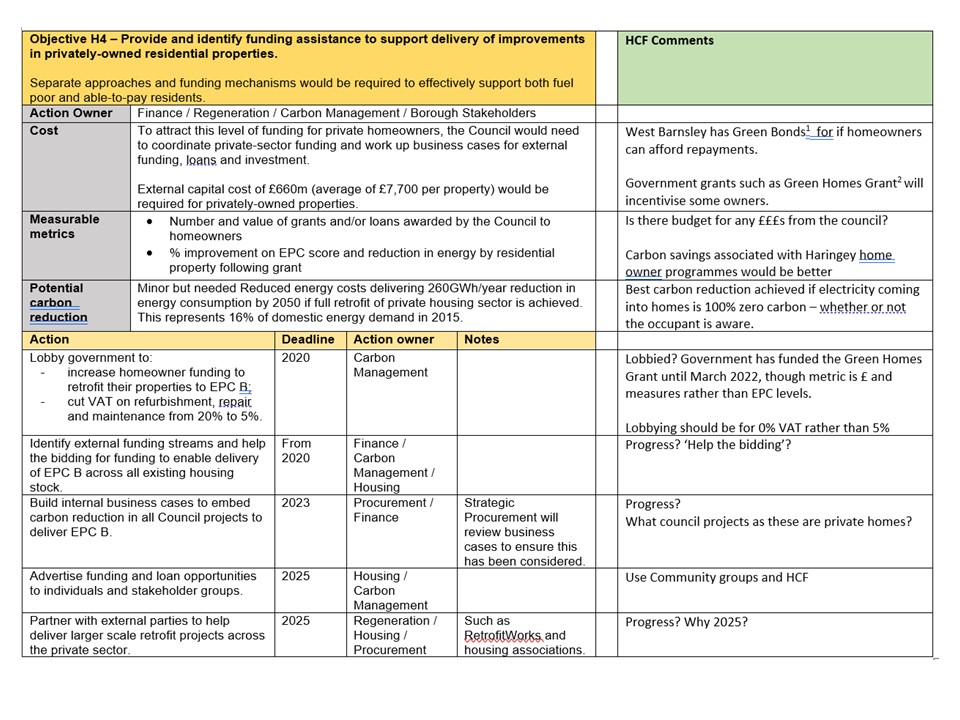
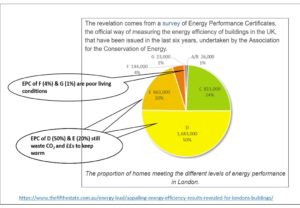
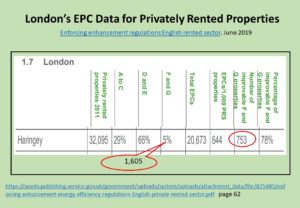
 References.
References. 